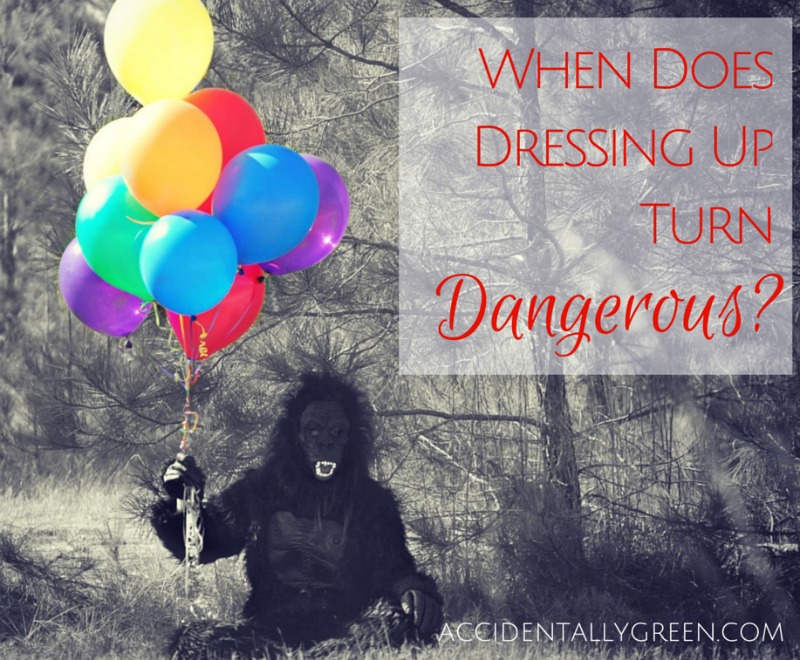 In 2004, a 4-year-old swallowed a metal charm that was made almost completely of lead. Four days later the child died. Since that child’s death, the United States Consumer Product Safety Commission has recalled more than 180 million units of metal jewelry. 1
In 2004, a 4-year-old swallowed a metal charm that was made almost completely of lead. Four days later the child died. Since that child’s death, the United States Consumer Product Safety Commission has recalled more than 180 million units of metal jewelry. 1
What’s lead got to do with it?
In 1977, the Federal Hazardous Substances Act banned the use of lead-based paint. Before that, lead was commonly used in children’s toys. Lead continued to be used, particularly in painted toys, costume jewelry, and some metal toys, until the Consumer Product Safety Improvement Act of 2008 banned all lead from children’s products.
Even though lead-based paint is banned, it’s still found in toys made by both small and large toy manufacturers. In the past couple years, toys by well-known brands Fisher-Price, Infantino, and Little Tikes have been recalled due to lead-based paint violations.
Lead is so dangerous because, as a heavy metal, it can damage the central nervous system, which affects brain development, lowers IQ, and causes behavioral problems. Lead poisoning also can cause seizures, comas, and death. It’s particularly harmful for children because it affects their brains at critical development stages. 2
Dangerous deception
What’s a parent to do?
Sources
1. “Guide for Parents: The Dangers of Heavy Metals in Children’s Jewelry.” Inez Tenenbaum. U.S. Consumer Product Safety Commission. Jan. 13, 2010.
2. “Toxic Hazards. Toy Safety.” U.S. PIRG.
“Keeping Kids Safe from Toys Contaminated with Lead.”
“Lead Poisoning in North Carolina.” North Carolina Department of Health and Human Services.
3. “Children’s Necklaces Recalled Due to High Levels of Cadmium.” Consumer Product Safety Commission Blogger. Jan. 29, 2010.
“McDonald’s recall puts spotlight on cadmium’s dangers.” Sarah Schmidt. The Vancouver Sun. June 4, 2010.
4. “Consumer Product Safety Improvement Act. Frequently Asked Questions.” U.S. Consumer Product Safety Commission.
5. Sarah Schmidt. “McDonald’s recall puts spotlight on cadmium’s dangers.” Sarah Schmidt. The Vancouver Sun. June 4, 2010.
“Toxic metal found in kids’ jewelry very dangerous.” Justin Pritchard. Associated Press. The Alliance Review. Jan. 11, 2010.
“The Dangers of Cadmium in Children’s Jewelry.” Kristie Leong. Associated Content. Jan. 22, 2010.
6. “The Dangers of Cadmium in Children’s Jewelry.” Kristie Leong. Associated Content. Jan. 22, 2010.
“Children’s Necklaces Recalled Due to High Levels of Cadmium.” Consumer Product Safety Commission Blogger. Jan. 29, 2010.
Latest posts by Hilary Kimes Bernstein (see all)
- The Day I Realized Healthy Choices Don’t Guarantee Health - July 21, 2015
- Avoid Synthetic Bug Sprays with All-Natural Repellents - July 16, 2015
- The Day I Learned I Could Cook Real Food - July 13, 2015
Several years ago, there was a recall for certain wooden Thomas trains because of lead. Well, we had one that was listed, so we sent it back as instructed. They sent us a replacement train for our trouble. Ironically (and I still can’t get over this!), the replacement train they sent was recalled for lead a month later!
I don’t get it. Why aren’t toys (or all products, for that matter) tested BEFORE they go on store shelves? Why is it always after they’ve been distributed?! Don’t you think it would be cheaper and easier for companies to catch things early enough so that they wouldn’t have to pay for a costly recall? If they are being manufactured overseas, it should be a standard procedure to test them before distribution.
Funny, I have a blog post coming in November about the safety standards and processes in toy manufacturing. I completely agree with you Bethany – tests and standards need to be instituted BEFORE the toys are on shelves. Yet sadly, it’s just not the case.